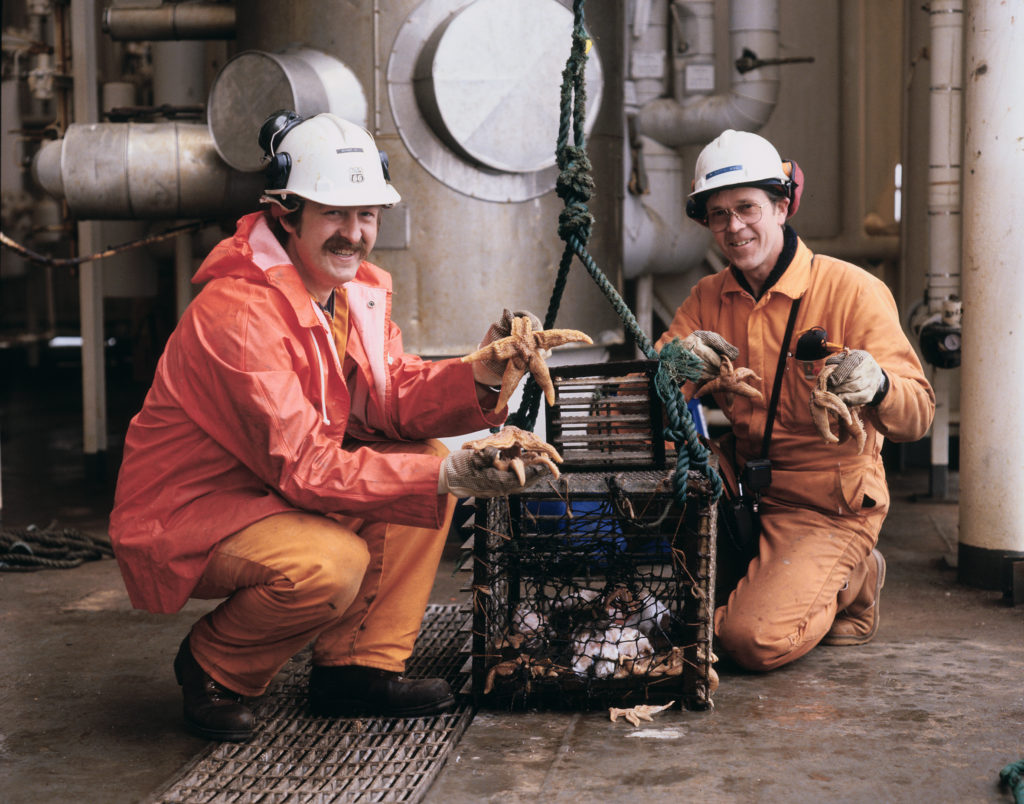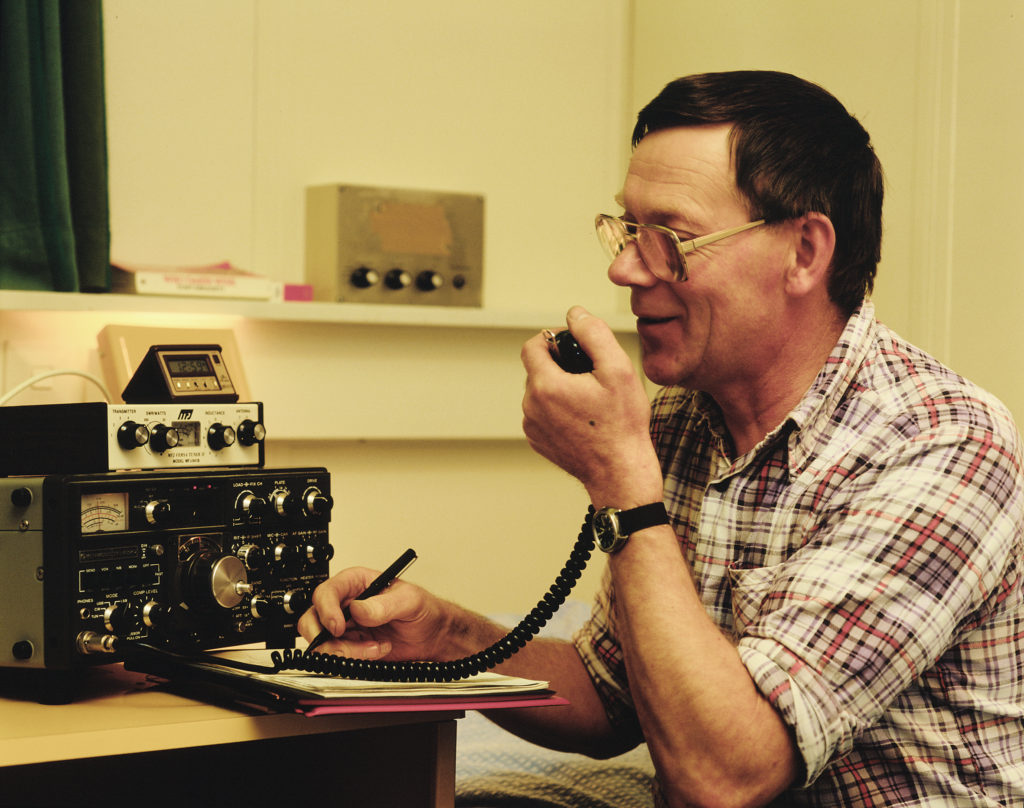Norpipe H-7
- Compressor platform on Ekofisk-Emden gas pipeline
- Installed 1976
- Operational 1977
- Shut down 29 October 2007
- Removed 2013

Gas received initial compression to 132 bar at the Ekofisk Complex. The pipeline was divided into three equal lengths, with Norpipe GNSC B11 positioned at the end of the first third to maintain pressure as and when required.
From there, the gas then travelled the next third of the distance to the second and virtually identical compressor platform, H7.
This was also responsible for maintaining pressure, but additional compression was seldom required on this final leg of the journey to Emden.
Both platforms stood on the German continental shelf, but 48 kilometres of the pipeline also ran across the Danish North Sea sector.
The pipeline is trenched or covered with sand. On its final approach to the coast of East Friesland, it passes beneath the island of Juist before making landfall north of Emden.
Capacity in Norpipe is about 60 million standard cubic metres (scm) or 2.1 billion cubic feet per day. In addition to output from the Ekofisk-area fields, it carries gas from Valhall, Ula and the Statpipe system – primarily Statfjord and Gullfaks. Gas was also transported for a time from Hod and Gyda, but that has ceased.
 fritid, Norpipe GNSC-H7,
fritid, Norpipe GNSC-H7,Built in 1976, the B11 platform had six decks. Its permanent staffing totalled 14 people, but various service personnel were also often on board. The regular crew included three in catering.
The 11 Phillips employees comprised the offshore installation manager, the nurse/radio operator, eight operators and a roustabout.
In addition to their direct function, the operators covered various other trades which meant the crew was self-sufficient in most circumstances.
Both platforms obtained a satellite antenna in 1986 which allowed them to received Norwegian TV, while the 24-bed accommodation were redecorated in 1981 and upgraded in the summer of 1990.
Work on the upgrading largely comprised converting all cabins to doubles with shower and WC. The galley and changing rooms were renewed and changing facilities for women provided.
A new module with a lounge for non-smokers, a smoking room, gym and pool room was also installed. During this work, the West Gamma accommodation rig was positioned alongside.
Upgrading equipment on the platform was also initiated in 1990. While the pipeline’s original daily capacity had been estimated at 2 100 million standard cubic feet, this was found to have declined after a number of years to 1 975 million.
To return to the original capacity, the compressors needed to be upgraded and power supply from the turbines increased. This was done both on the Ekofisk tank and on the H7 and B11 platforms. Gas coolers on the tank were replaced as well.
 Norpipe GNSC-H7, yrker, radiooperatør,
Norpipe GNSC-H7, yrker, radiooperatør,The control systems were also upgraded in parallel. Control panels on turbines and compressors were replaced and metering instruments installed to conduct measurements in this equipment.
While the nearest neighbour to B11 was a Danish oil field, H7 stood in the middle of the shipping channel. M/S Hero broke down 15 nautical miles west of the latter platform at around 13.00 on 12 November 1977.
By 21.00, the ship was still adrift and heading directly for H7, and all 14 crew on the platform made ready to evacuate by helicopter – the waves were too high for the lifeboats. The wreck passed at 21.40 with a clearance of 400 metres.
German cargo carrier Reint collided with H7 on 30 September 1995, despite efforts by the standby ship to avert the threat. Production was halted as a safety measure, but the platform luckily suffered only minor damage. The collision was caused by inadequate watchkeeping on the ship’s bridge.
Operator responsibility for B11 and H7 was transferred at the beginning of 2003 to Norway’s state-owned Gassco company, which runs the Norwegian gas transport network.
This change had little significance for operation of the platforms, since the actual work was still carried out by ConocoPhillips as a technical service provider to Gassco.
H7 was shut down in 2007, and removal had been completed in 2013. In connection with preparations to remove the structure, operator responsibility was transferred to Statoil as the company in charge of the project on Gassco’s behalf.
